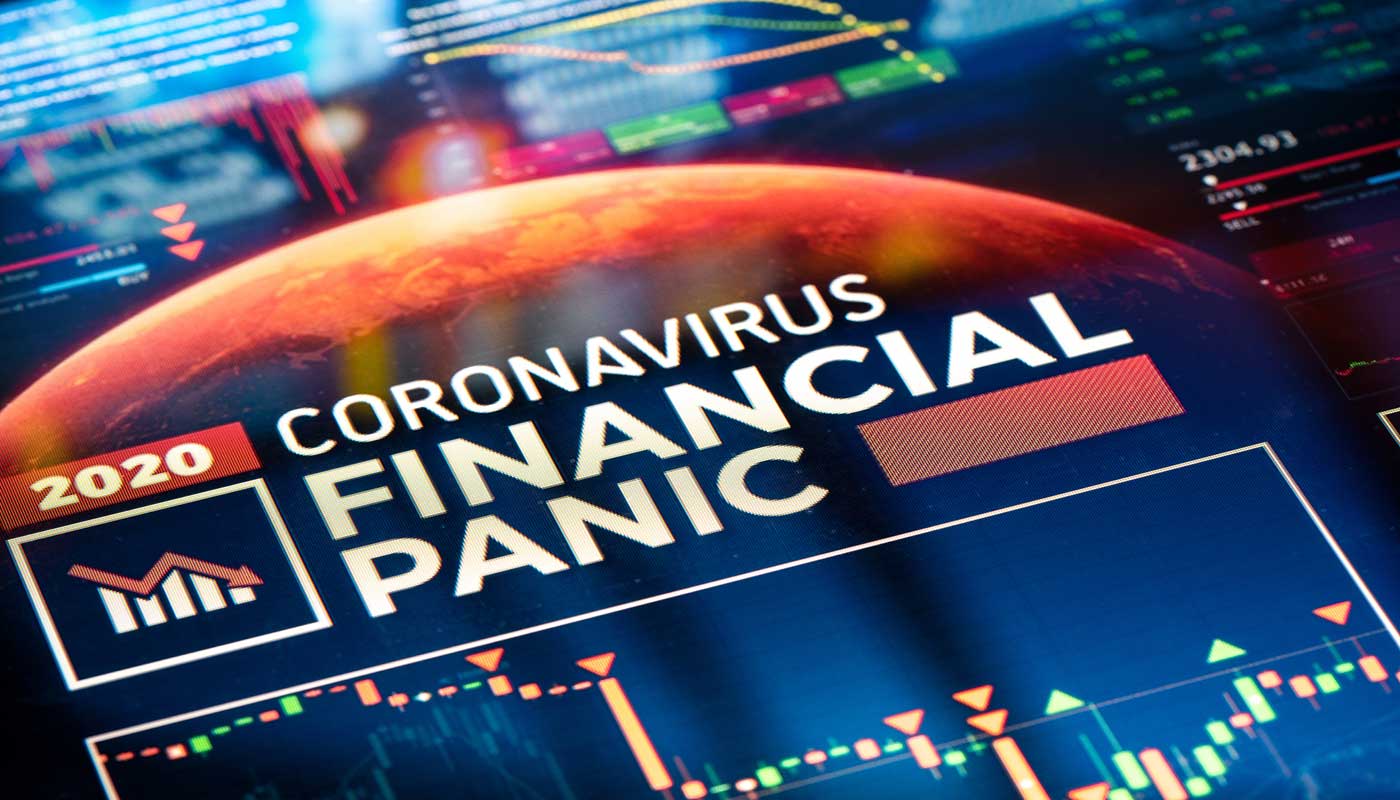
COVID-19 is different from all previous crises. It feels like a combination of a much broader version of 9/11, when all flights were canceled, and a much faster version of the 2008 financial collapse, when all the markets crashed.
New risk measures are needed to control the current pandemic, but experts have expressed vastly different opinions about the best approaches and the potential duration of this crisis. This creates a new challenge for the risk community.
Measures that were appropriate for normal trading and gradual change are misleading, at best, under catastrophic conditions with sharp and sudden swings. Therefore, applying historical sensitivities and correlations to model the stresses of the coming days, weeks and months doesn't help.
Lamentably, existing risk assesssment techniques at the risk community's disposal - e.g., sensitivity analysis, value-at-risk (VaR) and expected shortfall (ES) - are all based on historical data.

To cover a much wider range of market uncertainty, and to determine the economic impact of coronavirus on their portfolios, many financial institutions and corporations are turning to stress-testing techniques. The problem with this approach is that tried-and-true stress testing often relies on historical data for evaluating stress scenarios, even though insights gained from previous crises are not particularly useful. (No two crises are exactly alike).
Today is unlike 2008, the Great Depression or any other past event. We've seen, for example, severe supply-chain domino effects (stemming from prolonged shortages of test kits, medical equipment and protection gear) that have greatly impacted revenue projections.
The More Scenarios, The Better
The only way to prepare for the unfolding of the current unprecedented shock is through analyzing multiple potential scenarios that consider not only the changing interrelations between macro-market drivers but also second- and third-order effects, diminished diversification of exposures, and hidden risk concentrations.
It's impossible to tell which scenario will likely materialize, so that's not the right question to ask. Indeed, even if we could somehow forecast how this outbreak plays out, there is no assurance that other events and calamities will not occur, causing a double dip.
What's more, a small number of scenarios - including compliance-driven scenarios and scenarios based on fundamental theory - are likely to miss the most important and relevant risks for the organization.
Today, the right questions to ask are (1) What is the range of potential scenarios, within reasonable probability? (2) What is the impact of these scenarios on my portfolio? (3) What, if anything, should I do? and (4) How do I know when to act?
Economists are trying to answer these questions using fundamental models, but this can take weeks. That's simply unacceptable in today's environment, where institutions need daily answers to dozens of important questions.
Scenario generators need to produce thousands of scenarios, incorporating all types of swings and unprecedented market moves, while factoring in the changing correlations between variables in crisis.
Indeed, the necessity to understand the realistic tail probabilities of potential outcomes is more critical than ever. It would have been better, of course, to start preparing before the panic broke out - but it's still not too late.
New Challenges: Lots of Variables and “What If” Scenarios
What is new, from a risk management perspective, is that the selection of stress scenarios must be comprehensive and quick, as they need to be performed frequently.
Assessing the potential combinations of shocks and market reactions is a daunting task. Any “what if” questions you can think of must be included in the generated scenario sets.
You can't just stress test a single variable while the rest of the world stays constant or follows historical trends. Instead, you need to create full-fledged scenarios, factoring in all the variables that are necessary to evaluate your credit losses and capital ratios. An inquiry with the trajectory of one - or several - variables must return a comprehensive set of market drivers.
Regression methodologies are not well suited for this task, as there may be no or very low historical correlations between the “given” risk driver (like GDP and/or unemployment) and projected ones. Reliable forecasts can only be produced using full distributions of scenarios, which consider multiple potential shocks, their combinations and their impacts.
This approach not only answers your “what if” questions, but also helps to identify which questions you should be asking based on reverse-scenario analysis. If you estimate your credit losses on all scenarios, you can discover which ones have losses exceeding the allowance, which economic and market drivers serve as early warnings of such adverse outcomes, and what specific levels of these drivers should trigger a management action.
To use these scenario analysis insights, one needs to adapt credit risk models and predict default rates during periods of extreme economic and market turbulence. These models are usually trained on historical data using classical statistical analysis - but lose their predictive power when the current market conditions are drastically different from historical patterns.
Parting Thoughts: Model Adaptation and Advanced Scenario Generation
To better account for and manage the flood of new information, some industry experts have suggested that we adapt credit risk models, switching from through-the-cycle models - which are not designed to cope with sudden-shock scenarios - to a point-in-time approach.
This could backfire, though, as “point-in-time” models change dramatically from one day to another. (Just a few weeks ago, the worst-case, virus-driven unemployment projections were below 10%, and now they are soaring above 15%.)
In such unprecedented times, scenarios can be used to adapt credit risk models for probability of default (PD), loss-given default (LGD) and exposure-at-default (EAD). Credit spreads and collateral benchmarks simulated on the scenarios, with overlaid shocks and dynamic correlations, would adequately project not just PDs and LGDs but also the changing copula correlation between default events.
Increased PDs can be linked, moreover, to additional drawing of unfunded commitments, thus projecting EADs consistently - even with unprecedented scenarios.
Across the globe, in response to the spread of the pandemic and its massive impact on the economy, governments have enacted support policies - such as buying bonds, lowering interest rates and offering loan programs. These types of policies can be incorporated into scenarios, as events with positive impacts.
Advanced scenario generation allows us to produce dynamic and realistic estimates of downgrades and defaults. Through this approach, deposit levels and net interest income can be consistently estimated.
Banks, moreover, can use advanced scenario generation to project capital and liquidity ratios adequately and to assess the possible outcomes of COVID-19. This will also inform them how to revise their baseline scenarios and adjust their financial projections, given the very heavy tails of risk they must account for now.
BIO:
Alla Gil is co-founder and CEO of Straterix, which provides unique scenario tools for strategic planning and risk management. Prior to forming Straterix, Gil was the Global Head of Strategic Advisory at Goldman Sachs, Citigroup and Nomura, where she advised financial institutions and corporations on stress testing, economic capital, ALM, long-term risk projections and optimal capital allocation.